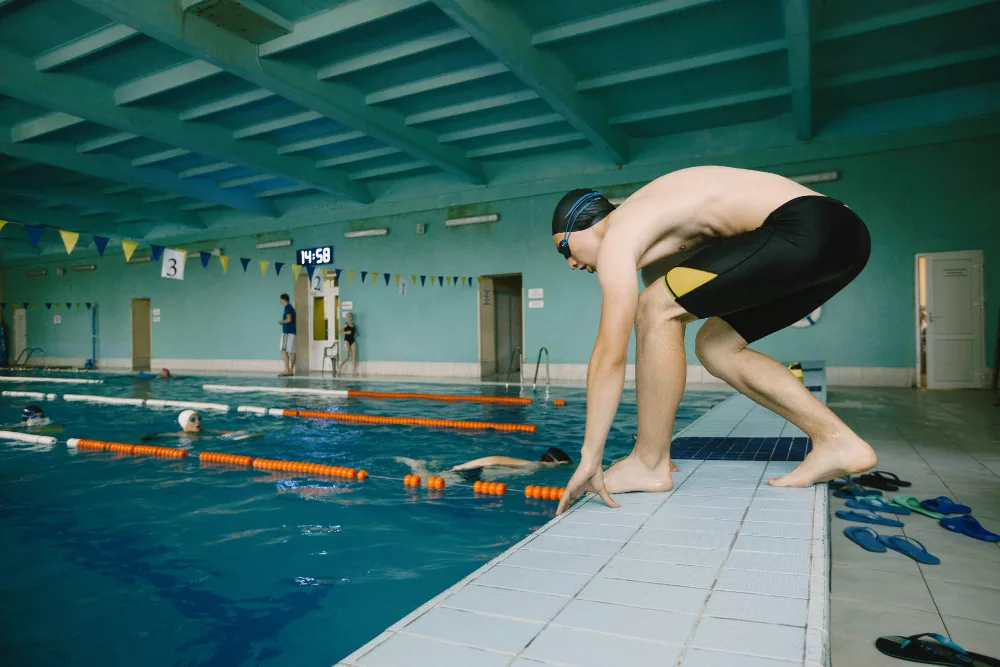Benefits of Hill Running I experienced childhood in the last part of the ’70s and ’80s, have been a competitor my whole life, and have cherished football for as long as I can recollect. So one of my #1 preparation stories from the traditional press as a youngster was the slope that unbelievable running back Walter Payton used to condition himself in the slow time of year. Look anywhere on the web and you can find accounts of Payton’s amazing molding, how he would carry competitors from all games to prepare with him, and how they would all eventually tap out from fatigue. He’s one of the NFL’s most productive sprinters, seemingly one of the best, and the slope was his mysterious.
I’ve been training for around twenty years now, and I’m fixated on slope running. I have Payton to thank for this, and since speed is a definitive objective in each of my projects, slopes (or steps for those of you who don’t have a reasonable slope nearby) are an outright unquestionable necessity in any speed or molding program. I’ve spent the greater part of my vocation split between Cal Poly and San Jose State and the two spots have huge slope/arena leans that are ideally suited for pounding my competitors.
Why Hills?
Strength and power are critical when we are talking speed, especially during the acceleration phase. Forty-yard dashes, great running backs darting through a seam, a batter racing down the first base line trying to beat out a throw, or a forward exploding to the hole, the sudden burst of speed is the most important factor. It’s the first three to five steps that determine the success of the effort.
Watch the NFL join. At the point when you see the competitors run their 40s, the beginning is the best determiner of a great time. Conversely, when you see a person stagger out of the entryway or make a messy stride, you can have confidence that the time will be not exactly great.
Hill running teaches the drive phase of a sprint as nothing else can. Because of the incline, the runner must use the forefoot to climb. One of the most important speed training cues we use is that the front of the foot is for speed, and the heels are for braking. Even big guys, who by their size and propensity to heel contact first when they run on flat ground, are forced into an “appropriate” sprinting position. Think of the lean that you see world-class sprinters use in the first 50-70 meters of a 100-meter dash — that is the position we want to teach and the hill automatically does it for us.
The clearest benefit is the heap slope running puts on the legs. I have consistently believed that parachute pulling, grouped running, and accomplice towing are senseless given that those gadgets or schedules are focused on the advantages of time on the slopes. Close to hunching down, Olympic lifting as well as portable weight preparation, nothing will address leg strength and dangerousness like running up a slope.
Use Hills for Lateral Applications
Since by far most of the groups that I train for speed don’t get open doors in that frame of mind to run straight ahead where track exercises would help them (think top-end speed), we give essentially all within recent memory working course adjustment preparing. A lot of children don’t know how to turn at all. They have no comprehension of where their body is in space, demand utilizing their toes to dial back, and generally, have little control of their energy when they run.
The runner must naturally place their drive’s foot in a “toe-in” position when climbing the hill because of its incline. On the off chance that they don’t, their productivity goes down the latrine and they will feel, instinctually, a need to change. At the point when one is on level ground, one of the significant focus points in balance that I educate is an unpretentious toe-in outwardly leg of a directional turn. This serves two purposes. To begin with, it permits the sprinter to get to the huge toe totally when they drive. Second, it directionally is in a state of harmony with where they are attempting to go. In all honesty, this is the sort of thing that a considerable lot of these children don’t have when they appear from the get-go. When they don’t own this technique, they’ll try to reorient themselves slowly and with little power.
Next, gravity is a bully. The natural incline of the hill demands a very forceful push. One that is necessary on flat ground when the athlete is attempting to accelerate. If I can get a kid to haul ass up the hill, either laterally or straight ahead, they have context and I can get that type of understanding on flat ground.
The Benefits of Backward Hill Sprints
Hill running backward is the perfect way to hammer your athletes. The hill I use is out behind our sports complex at Cal Poly and is about a 35-yard climb at approximately a 14 percent grade. Steep. We have integrated backward running into the final phase of our hill workouts. Part of it is because I want my kids considerably uncomfortable, part of functional speed for my defensive backs and linebackers, and the other part is because I want them to develop a degree of toughness.
When I was in college, we used to have to backpedal around the outside of the Begley Building at EKU. Truthfully, it was a by-design way to make us miserable. The changes in incline outside were constant and there was an intimate relationship with misery because we would be told to do this for 15 minutes or more without stopping. It was a total jerk move but it taught us a lesson — learn how to push through pain. Nothing careless, just a leg burn that would make you nearly gag on your vomit.
The foot drive that backward hill running produces basically cannot be duplicated anywhere else. It teaches the kids how to push with all they have off of the forefoot. Remember, acceleration happens at the front of the foot and braking happens in the heel. This trains the runner on the appropriate pressures, where to put them, and how to use their feet economicalally.
Hills Teach Running Efficiency
Again, because of the incline, the runner is put into a position where they have no choice but to give an all-out effort. Because of the distance, they have to travel up a hill, casual jumping or sissified hopping only makes the getting up the hill take 10 times longer. Because they want it to be over as soon as possible, you get a natural full effort.
The bonding has turned out to be the hardest thing for my kids. Other things might hurt more, but the bounding makes them work as hard as they can, and coordinate movements to be as efficient as possible, and it completely burns their anaerobic energy systems to the ground. It’s a pleasure to watch.






